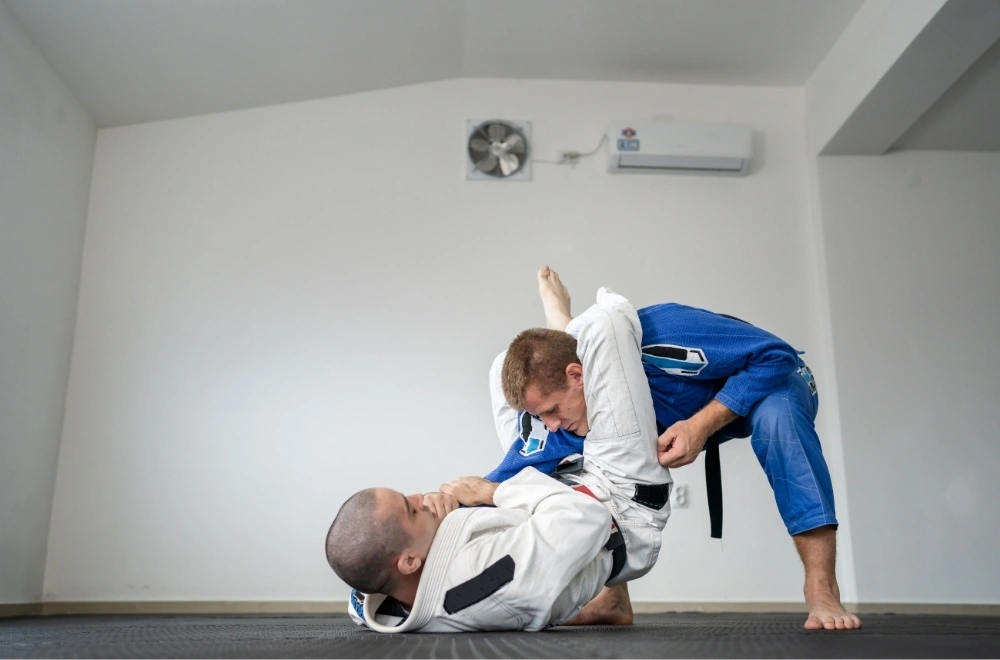Introduction
Combat sports have been an integral part of human civilization for thousands of years, evolving from primitive survival tactics to highly regulated modern competitions. These sports have not only served as entertainment but also as methods of warfare training, cultural expression, and personal discipline. From ancient gladiatorial battles to today’s mixed martial arts (MMA), combat sports have continuously adapted to societal changes, technological advancements, and shifting philosophies on violence and competition.
This article explores the historical progression of combat sports, examining their origins in ancient civilizations, their development through the Middle Ages and Renaissance, their formalization in the modern era, and their current global popularity.
Ancient Combat Sports: The Birth of Organized Fighting
1. Early Origins in Prehistoric Times
Before recorded history, humans engaged in hand-to-hand combat for survival, hunting, and territorial disputes. Over time, these physical confrontations evolved into structured forms of competition. Cave paintings and archaeological findings suggest that wrestling and rudimentary boxing were practiced as early as 3000 BCE.
2. Mesopotamia and Egypt: The First Recorded Combat Sports
The earliest documented combat sports come from Mesopotamia and Egypt. A relief carving from the Sumerian city of Khafajah (circa 2600 BCE) depicts two men wrestling, indicating that organized grappling was already established. Similarly, ancient Egyptian artwork from the tomb of Beni Hasan (2000 BCE) shows wrestlers in various holds, suggesting a codified system of techniques.
3. Ancient Greece: The Olympic Connection
The Greeks formalized combat sports, integrating them into their cultural and religious practices. The ancient Olympic Games (776 BCE) featured:
- Boxing (Pyx) – Fighters wrapped their hands in leather straps (early gloves) and fought until one was incapacitated.
- Wrestling (Pale) – Competitors aimed to throw their opponent to the ground three times.
- Pankration – A brutal hybrid of boxing and wrestling with minimal rules, often resulting in severe injuries or death.
These sports were not just for entertainment but were also seen as essential training for warriors.
4. Roman Gladiatorial Combat: Spectacle and Brutality
The Romans took combat sports to a new level with gladiatorial games, where slaves, prisoners, and volunteers fought in arenas like the Colosseum. These battles were often to the death and included various weapon-based styles such as:
- Murmillo (sword and shield)
- Retiarius (trident and net)
- Thraex (short sword and small shield)
While not purely “sport” in the modern sense, these contests laid the groundwork for public combat entertainment.
Medieval and Renaissance Combat Sports: From Battlefield to Sport
1. European Martial Arts and Tournaments
During the Middle Ages, combat training was essential for knights and soldiers. Swordsmanship, jousting, and grappling were practiced both for war and sport.
- Jousting – A mounted combat sport where knights charged at each other with lances.
- Fencing – Developed from dueling traditions, later formalized into a sport.
- Folk Wrestling – Regional styles like Cornish wrestling and Icelandic Glíma emerged.
2. Asian Martial Arts: Discipline and Philosophy
In Asia, combat sports were deeply tied to philosophy and self-improvement.
- China – Shuai Jiao (Chinese wrestling) and Kung Fu developed as both combat and spiritual practices.
- Japan – Sumo (from the 8th century) and later Jujutsu (samurai grappling) became prominent. By the Edo period, Kendo (swordsmanship) and Judo (founded in 1882 by Jigoro Kano) evolved into structured disciplines.
3. The Rise of Duels and Prize Fighting
In Renaissance Europe, dueling with swords or fists became a way to settle disputes. By the 17th century, bare-knuckle boxing emerged in England as an organized sport, though it was often brutal and lawless.
Modernization and Regulation (18th–20th Century)
1. The Birth of Modern Boxing
In 1743, Jack Broughton introduced the first boxing rules (Broughton’s Rules), including the prohibition of hitting a downed opponent. Later, the Marquess of Queensberry Rules (1867) established:
- Three-minute rounds
- Mandatory gloves
- A 10-second knockout count
This transformed boxing into a regulated sport, leading to legends like John L. Sullivan and Jack Dempsey.
2. Wrestling: From Carnivals to Olympic Sport
Wrestling transitioned from folk styles to organized competitions. Greco-Roman wrestling (focused on upper-body holds) and Freestyle wrestling (allowing leg attacks) became Olympic sports in 1896 and 1904, respectively.
3. The Emergence of Eastern Martial Arts in the West
After World War II, martial arts like Karate, Judo, and Taekwondo gained global popularity. Bruce Lee further revolutionized combat sports by advocating for cross-training, leading to the development of Jeet Kune Do and influencing modern MMA.
The Late 20th Century to Present: The Rise of MMA and Global Combat Sports
1. The Birth of Mixed Martial Arts (MMA)
In the 1990s, the Ultimate Fighting Championship (UFC) was founded to determine the most effective martial art. Early events had minimal rules, but over time, regulations were implemented for fighter safety.
Modern MMA combines:
- Boxing
- Brazilian Jiu-Jitsu (BJJ)
- Muay Thai
- Wrestling
Fighters like Royce Gracie, Anderson Silva, and Conor McGregor turned MMA into a mainstream phenomenon.
2. The Continued Dominance of Boxing
Despite MMA’s rise, boxing remains a major sport, with stars like Muhammad Ali, Mike Tyson, Floyd Mayweather, and Canelo Alvarez drawing massive audiences.
3. The Olympic Expansion of Combat Sports
The Olympics now feature:
- Boxing
- Wrestling (Freestyle & Greco-Roman)
- Judo
- Taekwondo
- Fencing
- Karate (briefly included in 2020)
4. The Future: Technology, Safety, and New Styles
Advancements in protective gear, injury prevention, and training methods continue to shape combat sports. Emerging disciplines like Russian Sambo and Lethwei (Burmese bare-knuckle boxing) gain international attention.
Conclusion
Combat sports have evolved from brutal survival contests to highly technical, regulated competitions. They reflect humanity’s enduring fascination with strength, skill, and strategy. As society progresses, these sports will likely continue adapting, blending tradition with innovation while maintaining their core essence: the test of one fighter against another.
From ancient Olympians to modern UFC champions, the history of combat sports is a testament to human resilience, creativity, and the eternal pursuit of excellence.
